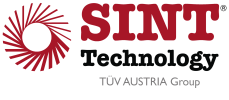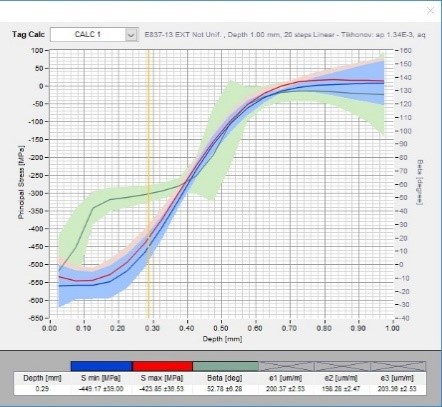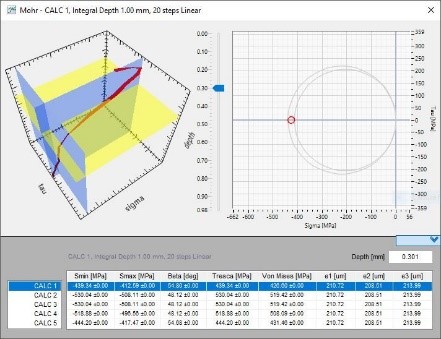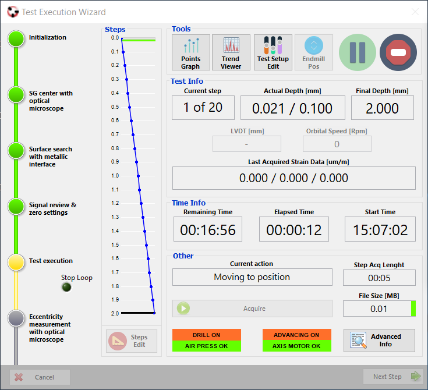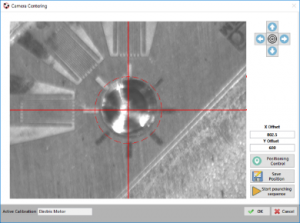Thanks to its highly qualified laboratory and long experience in providing measuring instruments and services connected with residual stress, SINT Technology has designed and developed a specific hole-drilling residual stress software, called EVAL 8, aimed to cover a wide variety of industrial and research applications.
The EVAL software is a complete solution for any calculation that includes the most referenced models developed by many Research Institutes in order to evaluate the residual stress by the hole-drilling method.
In the EVAL software, the standard algorithms are improved with additional features and a better graphical overview, including a further database of strain gage rosettes and materials. The graphical layout with the upper control panel makes the process easy, intuitive and sequential: all these new features make the software EVAL an essential tool for the residual stress analysis.
Of course, the EVAL 8 software is fully compliant with the ASTM E837-20 standard for hole-drilling measurements and includes also additional and powerful features that allow to extend the limit of applicability of the method to several additional practical testing conditions typical of the industrial field.
The EVAL software can be provided in different versions depending on the costumer’s requirements: it includes different calculation methods or strategies, the correction of the main source of errors including of course eccentricity, local plasticity, bottom fillet radius, surface detection error and intermediate thickness of the sample.
Innovative features as evaluation of the measurement uncertainty and powerful graphical tools (including a 3D Mohr Graph visualization) extend the functionality of this calculation program.
Moreover, the EVAL software includes the following key-features:
- Several available methods for stress analysis including the ASTM E837-20 standard, Integral method, Differential method (Schwarz-Kockelmann) and HDM method
- Full database of the most common strain gage rosettes available on the market
- Advanced database including more than 5000 engineering materials
- Correction for eccentricity, local plasticity, bottom fillet radius, surface detection error and intermediate thickness
- Automatic test report
- Direct interface with SINT Technology hardware for hole-drilling (MTS3000-RESTAN system)
- High level 2D and 3D post-processing tools for an easier analysis of the stress field
- Uncertainty Evaluation for Uniform and Non-Uniform calculation
The software package is completed by a control and acquisition software, called RSM, which allows controlling any step of the measurement process.
This specific software of the MTS3000-Restan system allows controlling the entire measurement process from the first to the final step including of course the determination of the starting depth (zero setting), the definition of the measurement details (number of steps, their distribution) and the strain gage acquisition.
The RSM software includes the following features:
- Determination of the starting position using either electric contact or strain reading technique.
- Complete definition of the hole-drilling test including the number of steps, their distribution and the total drilling depth.
- Automatic connection with the supported digital amplifiers and full customization of the strain acquisition (quarter, half and full bridge or dummy gage strategies) with different side sensors (LVDT and Thermocouples) used for increasing the measurement accuracy.
- Automatic control of the drilling and acquisition process during all the measurement stages including acquisition delays for the signal stabilization and real-time visualization of the strain trend
- A full database of the strain gage rosette available in the market and an in-depth material database including more than 5000 engineering materials with their mechanical properties.
- Full support of the digital microscope and of the related features for the measurement of the drilled hole directly on the acquired images.
